How do I install an Internet Adapter Driver: Installing the 802.11n Network Card Driver as an Example
Apr. 28, 2024 / Updated by Seraphina to Windows 10

802.11n is a Wi-Fi technology standard, also known as Wi-Fi 4. It is a communication protocol for wireless local area networks (WLANs), designed to provide faster wireless data transmission speeds and broader coverage. The 802.11n standard was released in 2009 and is an upgraded version of the previous 802.11a and 802.11g standards. 802.11n wireless network cards are wireless network adapters that support the 802.11n standard and are typically built into laptops, desktops, or external USB adapters. They provide wireless internet access by connecting the computer to Wi-Fi networks.
Contents:
1. Characteristics of 802.11n Wireless Network Cards
2). USB to Serial Adapter Driver
3. Steps to Install 802.11n Network Card Driver
1). Using Driver Talent Installation
2). Using the Computer's Built-in Windows Update Functionality
3). Download and Install from Website
1. Characteristics of 802.11n Wireless Network Cards:
High Speed: The 802.11n standard supports multiple data transmission rates, with speeds of up to 300 Mbps (megabits per second), much faster than previous standards. This means it can download and upload data more quickly, providing a smoother network experience.
MIMO Technology: 802.11n utilizes Multiple Input Multiple Output (MIMO) technology, which enhances signal quality and coverage by using multiple antennas simultaneously. This allows devices to maintain a good connection even in areas with weak signals.
Dual-Band Support: Most 802.11n wireless network cards support both 2.4 GHz and 5 GHz frequency bands. This allows them to communicate in different frequency bands, avoiding interference and congestion, and providing a more stable and efficient connection.
Backward Compatibility: 802.11n wireless network cards are usually compatible with previous Wi-Fi standards, which means they can be used with 802.11a/b/g devices and provide good performance in terms of compatibility.
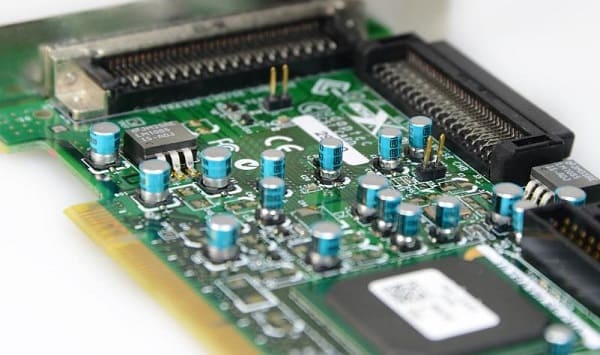
LAN adapter driver is a software program used to enable the network adapter (also known as the network card) on a computer to function properly. It manages communication between the computer and the local area network, including receiving and sending data packets, ensuring network connection stability and reliability. By installing the correct LAN adapter driver, users can ensure that their computer can effectively connect to the local area network and communicate with other computers or network devices.
2). USB to Serial Adapter Driver:
USB to Serial adapter driver is a software program used to enable a computer to recognize and operate serial devices connected to USB ports. It allows the computer to communicate with serial devices (such as serial printers, serial cameras, etc.) and ensures the stability and reliability of data transmission. By installing the appropriate USB to Serial adapter driver, users can use serial devices on their computer without the need for built-in serial ports.
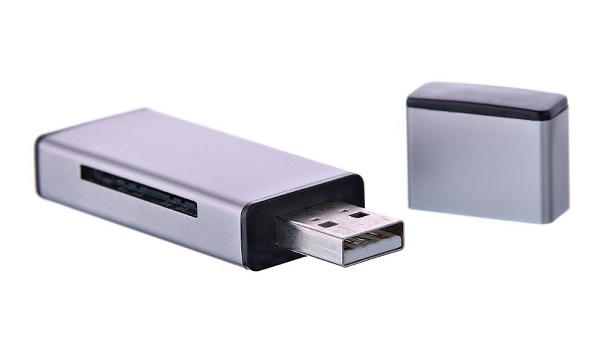
3. Steps to Install 802.11n Network Card Driver:
1). Using Driver Talent Installation:
Open Driver Talent and click "Scan".
After scanning, click the "Download" button.
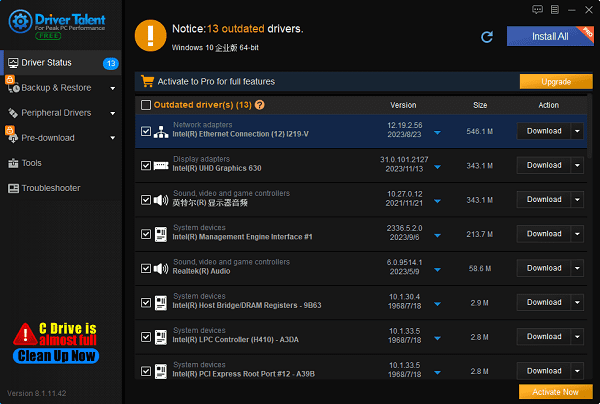
After the update is completed, restart the computer to ensure that the updated network card driver works properly.
2). Using the Computer's Built-in Windows Update Functionality:
Open settings by pressing "Win+I", click on "Update & Security", then click on "Windows Update".
Click on "Check for updates", wait for the search, and install relevant drivers.
3). Download and Install from Website:
Find Device Information: Before starting, you need to determine the brand and model of your 802.11n wireless network card. This information can usually be found on the device itself, its packaging, or by using the computer's built-in Device Manager. You can press Win+R to open the Run dialog, type devmgmt.msc, and press Enter to open Device Manager. Then, expand the Network Adapters category, find your wireless network card, right-click, and select Properties. In the pop-up window, switch to the Details tab, select Hardware IDs, and you'll see the brand and model of your wireless network card, such as Realtek RTL8188CU Wireless LAN 802.11n USB 2.0 Network Adapter.
Visit the Manufacturer's Website: Go to the official website of your wireless network card manufacturer. There, you should be able to find a support or driver download page.
Look for the Applicable Driver: On the manufacturer's website, look for the latest driver applicable to your 802.11n wireless network card model. Typically, you will need to provide your device model and operating system information to get the correct driver.
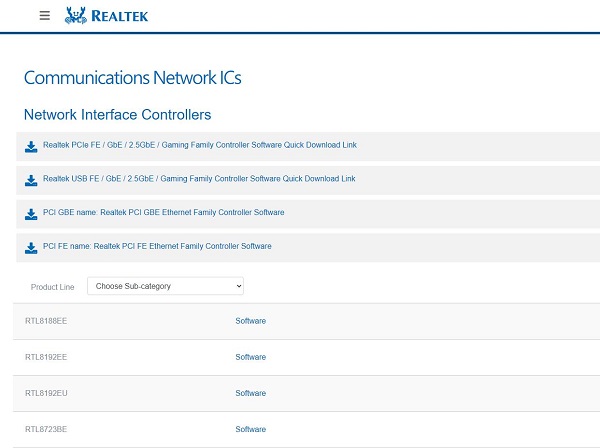
Download the Driver: Once you find the driver applicable to your device and operating system, click the download button or link to download the driver to your computer. Make sure to download the driver from the official website to avoid security risks and compatibility issues.
Install the Driver: After the download is complete, double-click the downloaded driver file to start the installation process. Follow the instructions of the installation wizard. Typically, you will need to agree to the license agreement and choose the installation location. The installation process may take some time, depending on your computer's performance and the size of the driver.
Restart the Computer: After the installation is complete, you may need to restart your computer to make the new driver effective. Make sure to save all work and close all programs before restarting the computer.
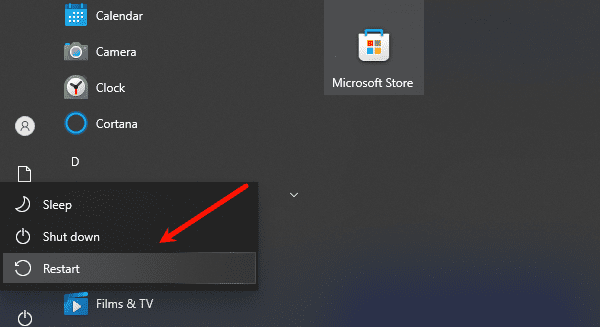
Verify the Installation: After the computer restarts, verify that the wireless network card driver has been successfully installed. You can do this by opening Device Manager (in Windows, right-click "This PC" or "Computer", select "Properties", then click "Device Manager") and checking the network adapter section.
Connect to the Network: If the driver installation is successful, your 802.11n wireless network card should be able to work properly. Try connecting to a wireless network and ensure everything is working as expected.
These are the steps to install an Internet adapter driver, using the example of an 802.11n network card driver. If you encounter driver-related issues with network cards, graphics cards, Bluetooth, sound cards, etc., you can use "Driver Talent" to detect and repair them. "Driver Talent" supports driver download, installation, and backup, providing flexible driver management options.
See also:
Downloading and Installing Guide for Realtek Sound Card Drivers
Steps to clean up a full C drive on the computer
How to Solve the Issue of Keyboard Lights Not Turning On
No Internet Connection-5 Common Solutions
How to Solve Slow Speed and High Latency on Win11 Computers

|
ExplorerMax |

|
Driver Talent for Network Card | |
| Smart and advanced file explorer tool for Windows platforms | Download & Install Network Drivers without Internet Connection | |||
| 30-day Free Trial | Free Download |








